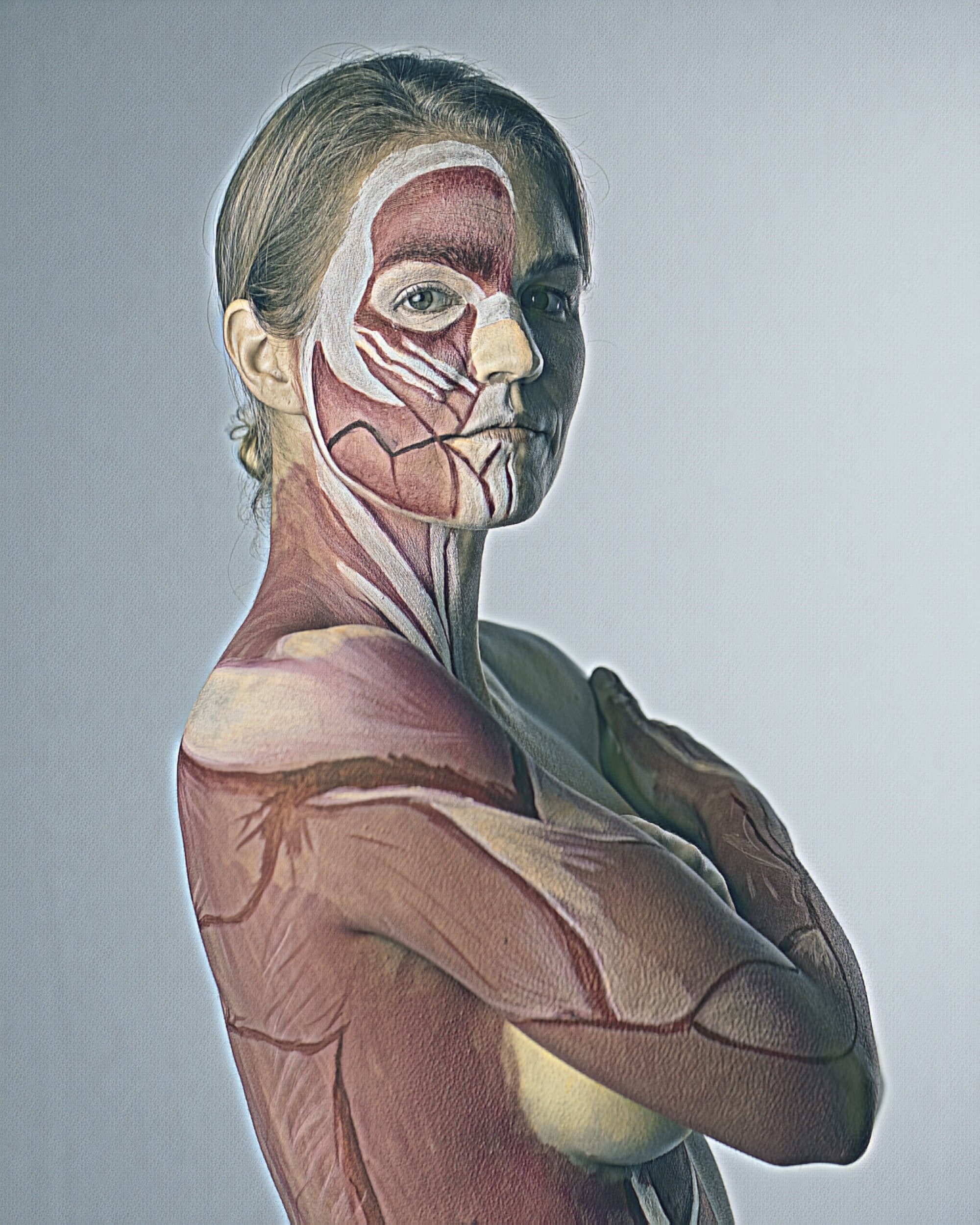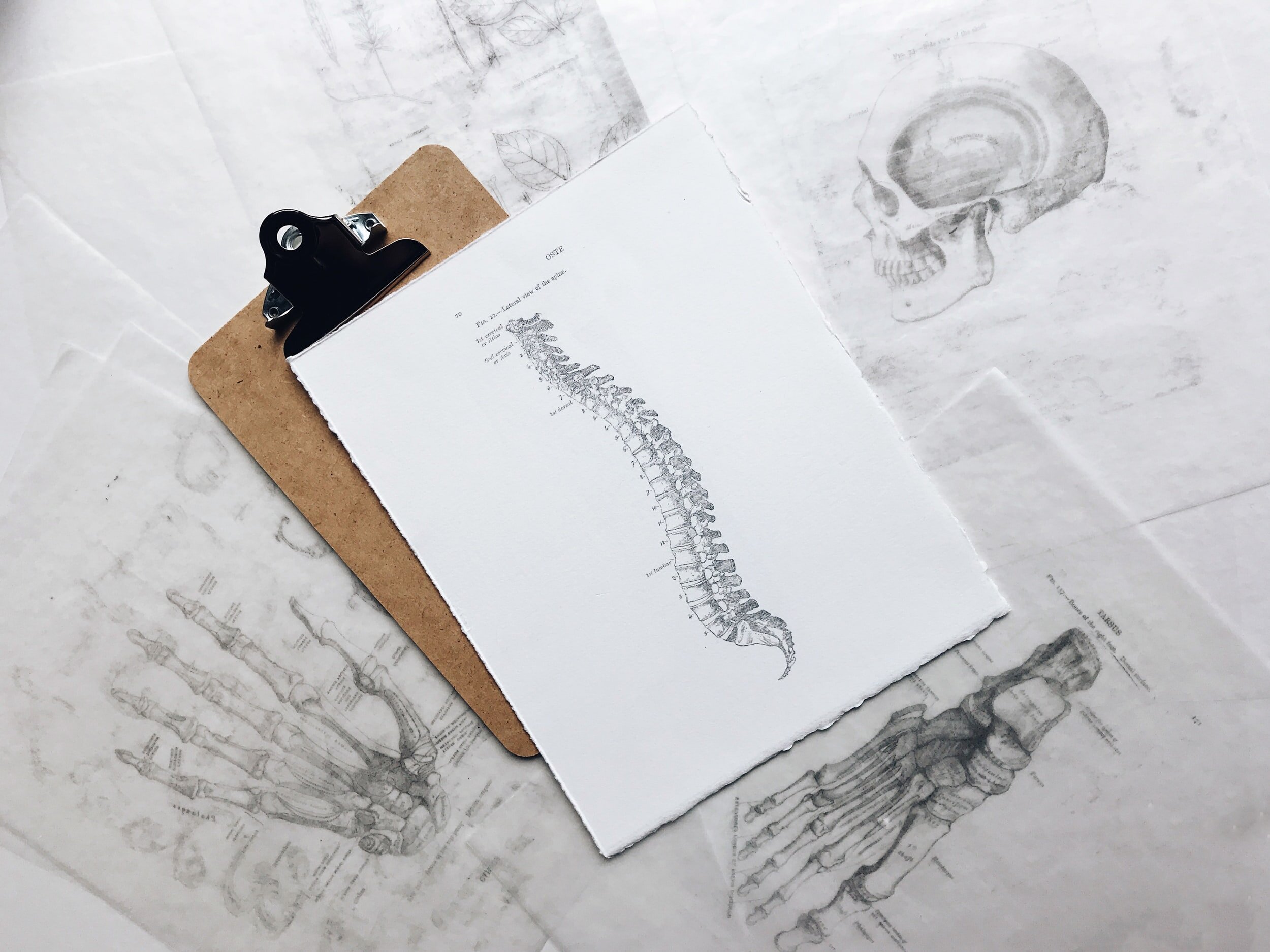What is a Hydrostatic Skeleton?
So what is the purpose of a skeleton? Why do we have one?
The bones in our bodies do not rest up on each other. They float within and are supported by the non rigid parts of our bodies. So how do they work?
The rigid parts of our bodies provide a means for two opposing forces to act against each other, (for example, the biceps contract and the triceps are lengthened as the elbow bends and the triceps contract to lengthen the biceps and straightens our elbow.) The skeleton also acts to protect the soft and delicate parts of the body as well.
Further, the skeleton provides a means of force transmission through the body. The force exerted in one area can be transmitted and amplified through the skeleton to another area in the body. (For example, using the twisting force from the shoulder muscles, amplified down the length of the arm to twist the lid off of a jar.)
But the term skeleton can be used to describe anything that provides a way for muscles to oppose one another and force to be transmitted. Fluids under pressure can also act as a means to allow muscles to act against each other and forces to be transmitted through internal pressure.
In fact, there are many examples throughout the animal kingdom where a fluid and pressure based skeletal system is used. This type of structure is termed a hydrostatic skeleton and is found in sea anemones, worms, snails, spiders legs, insects under their shell, and even us!
The hydrostatic skeleton within us helps us stabilize our spine and pelvis. The muscles of the core: the diaphragm, the deep abdominals, the pelvic floor and the muscles of the spine, contract to create a fluid filled cavity under pressure. The forces within this cavity act together to provide a means to transmit force through the core and protect the spine from excess load during force transfer (like picking up a heavy object).








